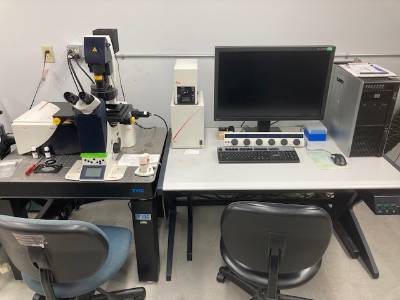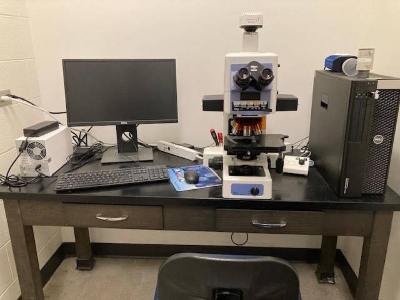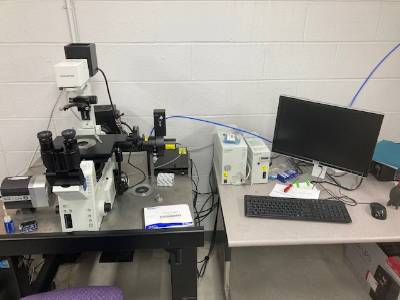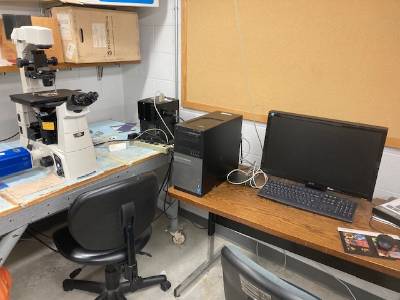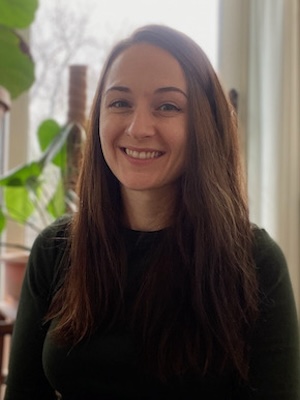The system includes a range of high-quality objective lenses, including oil-immersion,
with different magnifications and numerical apertures to suit various applications.
It can perform multi-dimensional imaging, including time-lapse, Z-stack, and multi-channel
imaging, enabling the acquisition of 3D datasets. It can perform spectral imaging,
allowing the separation of overlapping fluorophores by collecting full emission spectra
at each pixel. It can acquire images in multiple fluorescence channels simultaneously,
enabling colocalization studies and the observation of multiple fluorophores within
the same sample. Leica's software includes image processing and analysis tools for
data quantification and visualization. Funds to purchase this microscope came from
the Center of Innovation for Biomaterials in Orthopaedic Research (CIBOR) at Wichita
State University's National Institute for Aviation Research.
Email Dr. Raj Logan for training and use.


